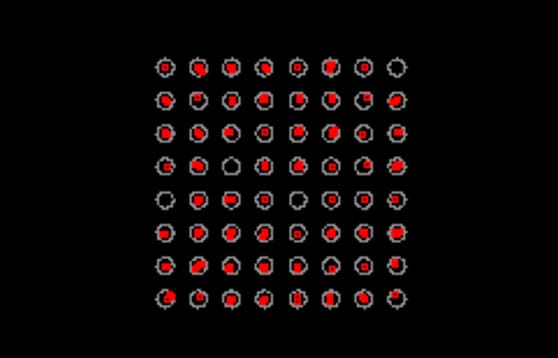
AN-008: High Power, High Isolation, Switching Solutions with NuSwitch PIN DIODE Technology
The need to route RF signals through system switching networks while maintaining low insertion loss and high isolation continues to be increasingly demanding. Combined with the need for a robust device capable of handling high transmit level signals while maintaining strong signal integrity without the introduction of unwanted noise, it becomes clear that an RF Switch is a critical component to any RF system.

AN-007: A Comparative Review of GaN, LDMOS, and GaAs for RF and Microwave Applications
Gallium nitride (GaN) is widely viewed as a transformative technology which has enabled smaller, lighter, and more reliable RF/microwave devices than its predecessors. Still, as in all aspects of engineering, there are trade-offs to consider when selecting which technology to use for a particular application. This application note describes these differences in a comparative review.

AN-006: Linear Trade-Off in the HPA Transmit Path
The final amplifier, or high-power amplifier (HPA) is a key element in a communication system. While it can maximize efficiency, the HPA can reach its peak and unfortunately amplitude modulated waveforms and frequency division multiplexed (FDM) schemes are susceptible to linearity. In addition, other factors, such as heat dissipation, compression curve, and more must be considered. This application notes discusses the linearity trade-offs within the HPA transmit path.

AN-005: Understanding Constellation Diagrams and How They Are Used
Constellation diagrams are an important tool in an engineer’s arsenal when determining whether or not a digitally modulated radio-frequency (RF) signal is behaving correctly, and troubleshooting the underlying issues when it is not. This application note discusses what they are, how they are used, as well as a brief background on signals and modulation types, I/Q data, and error vector magnitude (EVM).

AN-004: 90 Degree Hybrid Coupled Power Amplifier Pros and Cons
Hybrid coupled power amplifiers utilize two power amplifiers in parallel to provide an additional 3 dB boost in power without a complicated and costly re-design. In this application note, the basics of hybrid coupled power amplifier topologies are discussed along with an analysis of their advantages and shortcomings when compared to single-ended power amplifier designs.

AN-003: UAS Communications System Improvement through Proper RF Filtering
This application note covers the use of RF filters to improve the performance of a communications system, with examples of RF filtering solutions for unmanned aircraft systems (UAS). RF filters prevent unwanted signals from entering sensitive receivers, and prevent out-of-band signals from being broadcast by transmitters.

AN-002: Noise Figure Improvements using the μHILNA (TM) Low Noise Amplifier Bidirectional Power Amplifiers
Noise Figure (NF) describes the amount of noise a component, amplifier, or an entire radio receive chain contributes to the RF signal being received. It can also be defined as the logarithmic unit (dB) derived from the ratio of the signal to noise ratio (SNR) into the device or circuit versus the SNR out of the device. In this application note, the basics of NF calculations are discussed along with an example of how implementing a low noise amplifier (LNA) can improve this metric in a receive chain.

AN-001: Range Extension using NuWaves’ NuPower Xtender Bidirectional Power Amplifiers
This application note covers the basics of RF propagation, the effects of fading, multipath, and other phenomena on communication range, modulation types, and how to improve digital link distances using NuWaves’ NuPowerTM XtenderTM line of bidirectional PA’s.
